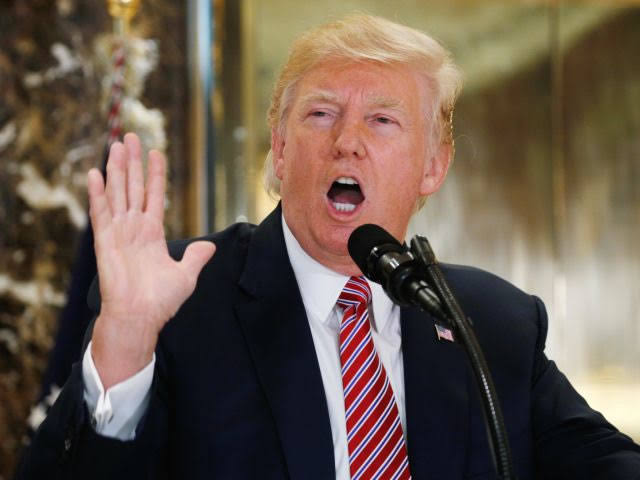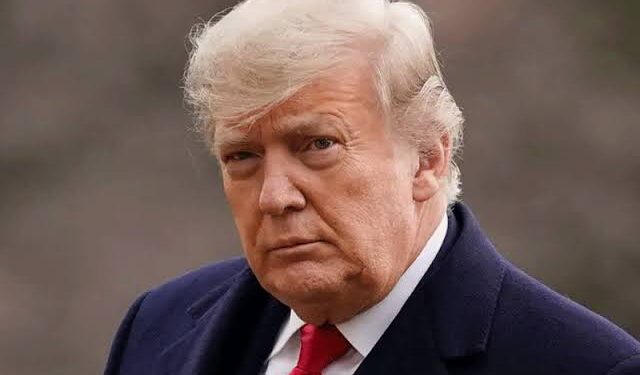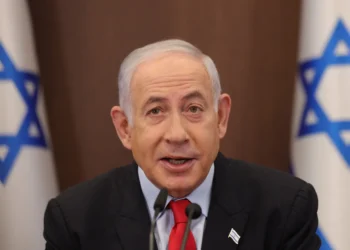Donald Trump has announced that he will hit China, Mexico and Canada with new tariffs as from the first day of his presidency, in an attempt to force them to crack down on illegal immigration and drug smuggling into the US.
The U.S. president-elect said that immediately after his inauguration on 20 January, he will sign an executive order imposing a 25% tariff on all goods imported from Mexico and Canada.
He also said that an extra 10% tariff will be slammed on China until its government blocks smuggling of the synthetic opioid drug, fentanyl from the country.
If Trump follows through with the threats it will signify a major escalation in tensions with America’s three largest trading partners.

The tariffs on Mexico and Canada will still be in place until the two countries clamp down on drugs, –especially fentanyl,– and migrants illegally crossing the border, Trump said in a post on his Truth Social platform.
Trump had posted:
“Both Mexico and Canada have the absolute right and power to easily solve this long simmering problem. It is time for them to pay a very big price!”
Trump also attacked Beijing in a separate post for not following through on the promises Chinese officials had made to carry out the death penalty for people caught dealing fentanyl.
The Biden administration has consistently urged Beijing to do more to stop the production of ingredients used in fentanyl, which Washington adjudges killed almost 75,000 Americans 2025.
During his election campaign, Trump threatened Mexico and China with tariffs as high as 100%, if he deemed them necessary — much higher than those he put in place during his first term in office.
Trump also said he will end China’s most-favoured-nation trading status with the US – the most advantageous terms Washington offers on tariffs and other restrictions.
Tariffs are a key part of Trump’s economic vision – he sees them as a way of enlarging the US economy, protecting jobs and raising tax revenue.
He has previously asserted that these taxes are “not going to be a cost to you, it’s a cost to another country”.
This is almost universally seen by economists as misleading.
Trump’s choice for Treasury Secretary, Scott Bessent, had previously suggested that the president-elect’s threats to impose major tariff hikes were a part of his negotiating tactics.
Trump’s latest threat is coming as the Chinese economy is in a remarkably more endangered position than it was during the previous Trump presidency.
China has been struggling with a number of serious issues, including an advancing property market crisis, weak domestic demand and growing local government debt.
The new tariffs will apparently, break the terms of the US-Mexico-Canada Agreement (USMCA) on trade.

















